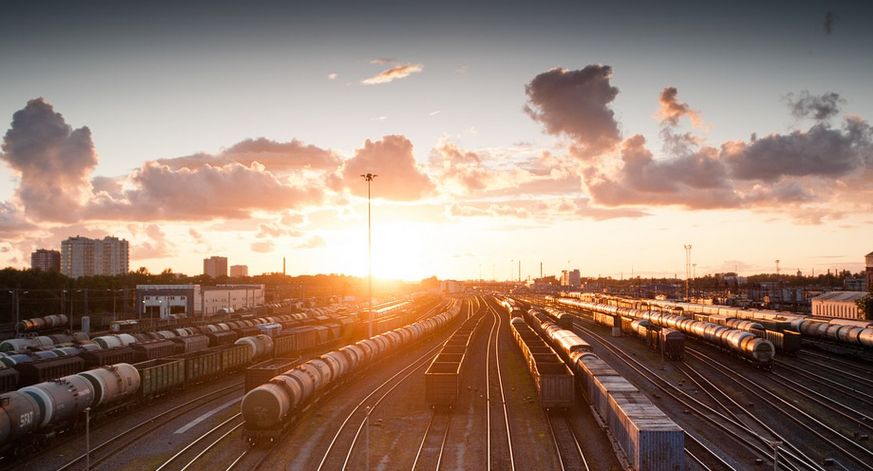
Rubber Roofs: A Deep Dive Into The Benefits And Drawbacks Of A Modern Roofing Solution
A Closer Look at the World of Rubber Roofings
Rubber roofs have been steadily gaining popularity in recent years, often praised for their durability and energy-saving capabilities. But before jumping on the rubber roofing bandwagon, it’s crucial to understand the full picture—the upsides and downsides that come with this particular roof choice. So why not dive into a detailed exploration of the world of rubber roofs?
What exactly is a rubber roof? To put it simply, rubber roofs are built from multiple layers of synthetic rubber, often in combination with fiberglass or other materials. This allows for flexibility and resilience while also providing the necessary strength to withstand the elements.
Rubber roofs boast a unique set of advantages that make them a compelling option for homeowners. Let’s delve into these benefits:
The Advantages of Rubber Roofs
1. Longevity and Durability: A rubber roof is built to last! With proper maintenance, a rubber roof can easily outlast conventional asphalt shingles, potentially serving your needs for decades. This extends the lifespan of your home, saving you time and money in the long run.
2. Energy Efficiency: Rubber roofs are naturally insulating, which means they help regulate temperature within your home. In hotter climates, this translates to reduced cooling costs, while in colder regions, it helps keep heat out. This creates a more energy-efficient home even when the weather fluctuates.
3. Water Resistance and Protection: Rubber roofs are remarkably water-resistant, thanks to their inherent ability to repel moisture. This means less need for gutter maintenance and fewer leaks associated with stormy weather. This added layer of protection against water damage is a major advantage in any environment.
The Potential Drawbacks
While the benefits of rubber roofing are undeniable, it’s important to acknowledge that some potential drawbacks exist:
1. Installation Costs: Rubber roofs can be more expensive than traditional asphalt shingles initially, so be sure to factor in the overall budget and long-term savings when making your decision. However, this investment may pay off as you see the longevity of the roof and its ability to minimize maintenance costs.
2. Sensitivity to Extreme Temperatures: While they’re known for their durability, rubber roofs can be affected by extreme temperatures. Extremely hot climates or freezing conditions might call for extra care in installation and ongoing maintenance. This is an important factor if you live in a region with extreme weather fluctuations.
3. Limited Availability of Skilled Installers: While more installers are becoming proficient with rubber roofs, finding highly skilled professionals who can install them accurately remains a challenge. It’s crucial to ensure your chosen installer has the expertise and certification required for this type of roofing.
The Verdict
Rubber roofing is a unique solution that blends durability, energy efficiency, and protection against weather woes. While initial costs may be higher than traditional materials, their longevity and resistance to wear and tear ultimately translate into fewer repairs and maintenance needs down the line. Rubber roofs have undoubtedly earned a place in the modern roofing landscape.
However, keep in mind that choosing the right roof depends on your individual needs and circumstances. Factors such as climate, budget, and desired aesthetic should be carefully considered when making this decision.